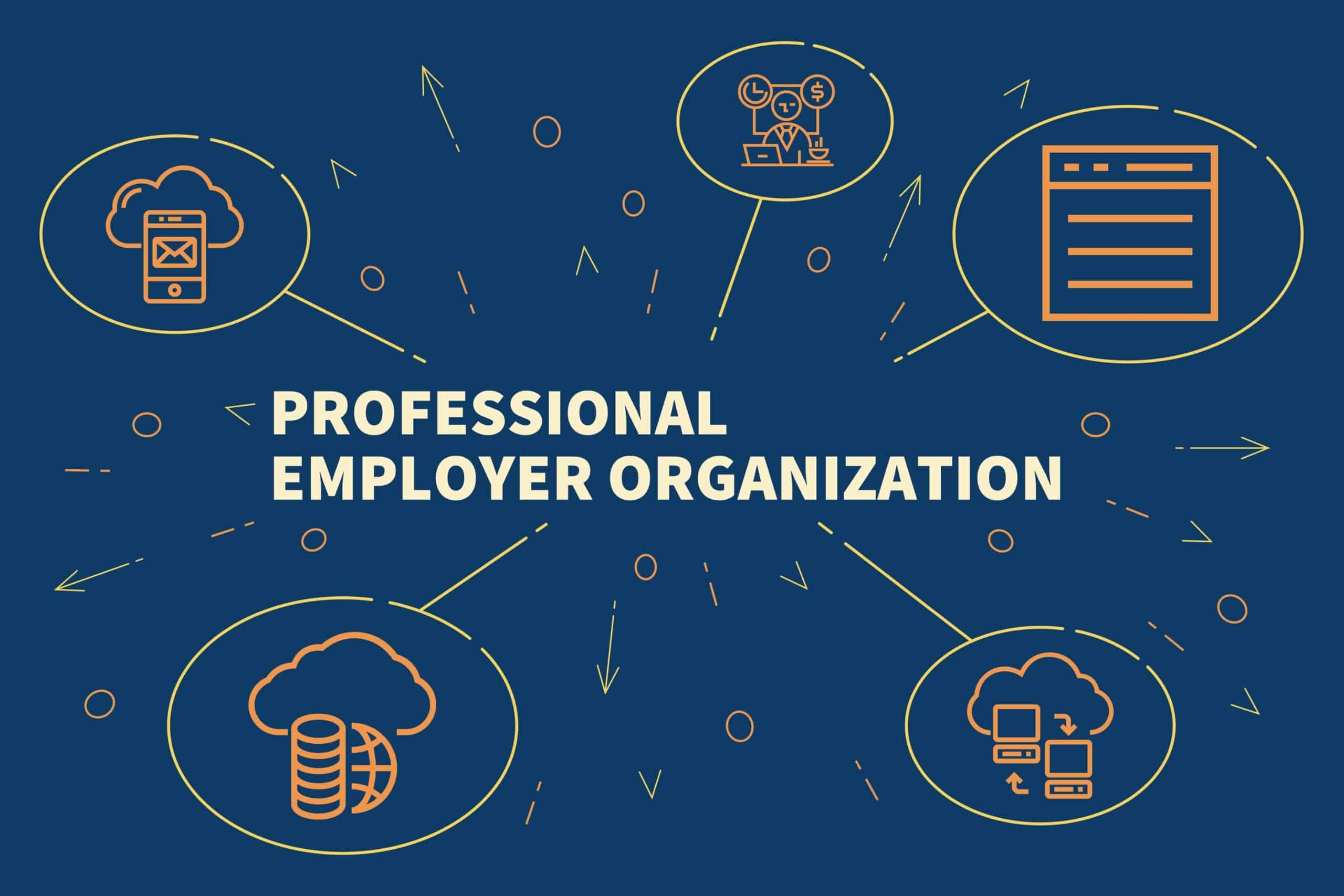With recent unemployment rates reaching historic lows, employers nationwide are struggling with one downside of a strong economy: fierce talent competition. To attract and retain qualified workers, companies of all sizes are bolstering their employee benefits offerings. A study by the Society for Human Resource Management (SHRM) found that nearly a third of employers improved their employee benefits, including health insurance and time off, in 2023. In recent years, the concept of employee time off has been transforming as businesses respond to changing employee needs and expectations.
Vacation Policy Trends Matter
If you want to gain a competitive edge in the “talent wars” and cultivate a happy/productive workforce, you need to be on the lookout for the following vacation policy trends — and possibly implement them into your infrastructure.
General Paid Time Off (PTO) Policies
Employers have increasingly begun favoring the use of single, consolidated PTO policies as opposed to differentiating between vacation and sick time. According to SHRM, 70 percent of organizations had a general PTO policy in 2023, compared to 63 percent just six years earlier.
Benefits of Consolidating Policies
Employers have been drawn to the many benefits of consolidated policies — and for good reason. Consolidating paid time off policies means there is less to track and manage as far as reasoning goes, and reports. Employers report that:
- PTO days are easier to administer.
- General PTO policies result in fewer unscheduled absences.
- Employees feel alleviated from the pressure they would usually feel about proving that they were sick or ill when taking time off under sick leave policies.
Murky Waters
While the use of general PTO policies remains popular, the trend has also spawned a backlash that is affecting employers in various locations across the country. As general PTO policies became more common, workers’ rights advocates began expressing concerns that such policies would cause employees to come to work when sick in an attempt to conserve their PTO for vacation or personal days.
In particular, employees with chronic illnesses or other health challenges that cause them to miss more work than usual could be left with no PTO for much-needed vacations.
To rectify this situation, eleven states and Washington, D.C.—as well as many additional cities—have passed laws requiring public and private-sector employers to provide employees with a certain amount of paid sick leave per year based on the number of hours worked. Most of these laws take a broad approach to defining “sick leave,” allowing employees to use their leave for their own physical or mental health conditions or those of loved ones, or in other situations such as domestic or sexual violence. While these laws do not necessarily preclude the use of consolidated PTO policies, they may make managing such policies more difficult.
Greater Flexibility With Time Off Policies
Traditionally, many organizations have offered employees two weeks of paid vacation—which would increase the longer they stayed with the company—as well as predetermined holidays, such as Thanksgiving and Christmas.
However, in recognition of an increasingly diverse workforce, some employers are now offering “floating holidays,” which give employees the opportunity to take their paid holidays when they choose. A 2023 Zippia study found that approximately 48 percent of organizations offered floating holidays.
More Paid Time Off for New Employees
As Baby Boomers continue to retire in droves, their younger counterparts are defining new rules, trends, and expectations for the workplace. One trend that has become associated with Millennial and Generation Z employees is a tendency to “job hop.”
With these workers only remaining in positions for an average of 18 to 36 months, employers are realizing that they need to be more generous with vacation time or general PTO for new hires if they wish to attract top talent from these younger generations.
Therefore, many organizations are now offering a bank of fifteen or more paid days off for employees as soon as they are hired. In addition, it has become increasingly common for certain types of employers—particularly start-ups or tech companies known for their innovative approaches to workforce management—to adopt unlimited vacation policies.
While offering unlimited vacation is not a realistic option for all organizations, it can provide a flexible way for some employers to grant employees the freedom to choose when to get their work done and when to take time to recharge.
Encouraging Employees To Use Their Time Off
In a twist of irony, as many businesses are becoming more generous in offering paid time off, a growing percentage of employees are not using all of their vacation days. Estimates indicate that over 1/2 of American workers leave unused vacation days each year—and surprisingly, millennial employees are less likely than those in other generations to use their time off!
Employees provide a variety of reasons for forgoing their vacation time, including not wanting to return to an overwhelming amount of work, a concern that no one else can properly fulfill their responsibilities, financial troubles, and a desire to prove dedication to their jobs.
While an unused vacation may not seem problematic for organizations, many employers find that employees who take time away from work and truly “unplug” from their job responsibilities will actually return feeling more focused and productive. As a result, some businesses are requiring employees to take a certain amount of time away from the office each year.
Employers are also making it easier for employees to do so by providing stipends for vacation expenses. As with unlimited vacation time, these policies clearly are not the right solution for all organizations, but employers may want to consider them as a powerful tool in the talent wars and a way to reduce the risk of employee burnout.
We Make Vacation Policies Make Sense
As laws and workforce trends continue to evolve, the process of tracking employee time off and handling requests continues to be a major pain point for organizations. At Creative Business Resources, our time and attendance solutions simplify employee time tracking, streamline payroll preparation, and avoid the common pitfall of overpaid wages.
Our HR experts can help your organization remain compliant with paid sick leave requirements and other applicable HR laws. Contact us today at 602-200-8500 to speak with one of our consultants!
































Leave A Comment
You must be logged in to post a comment.